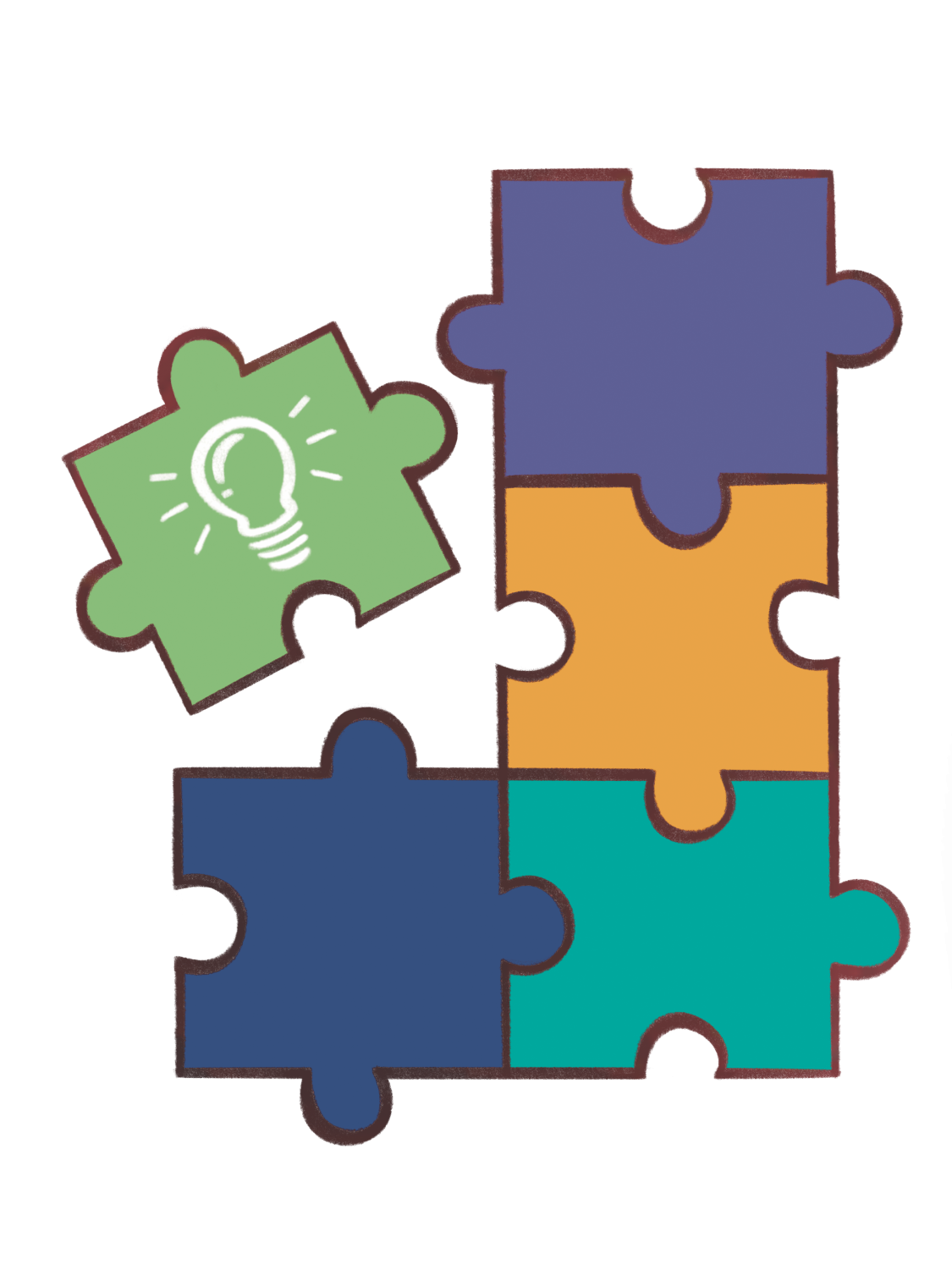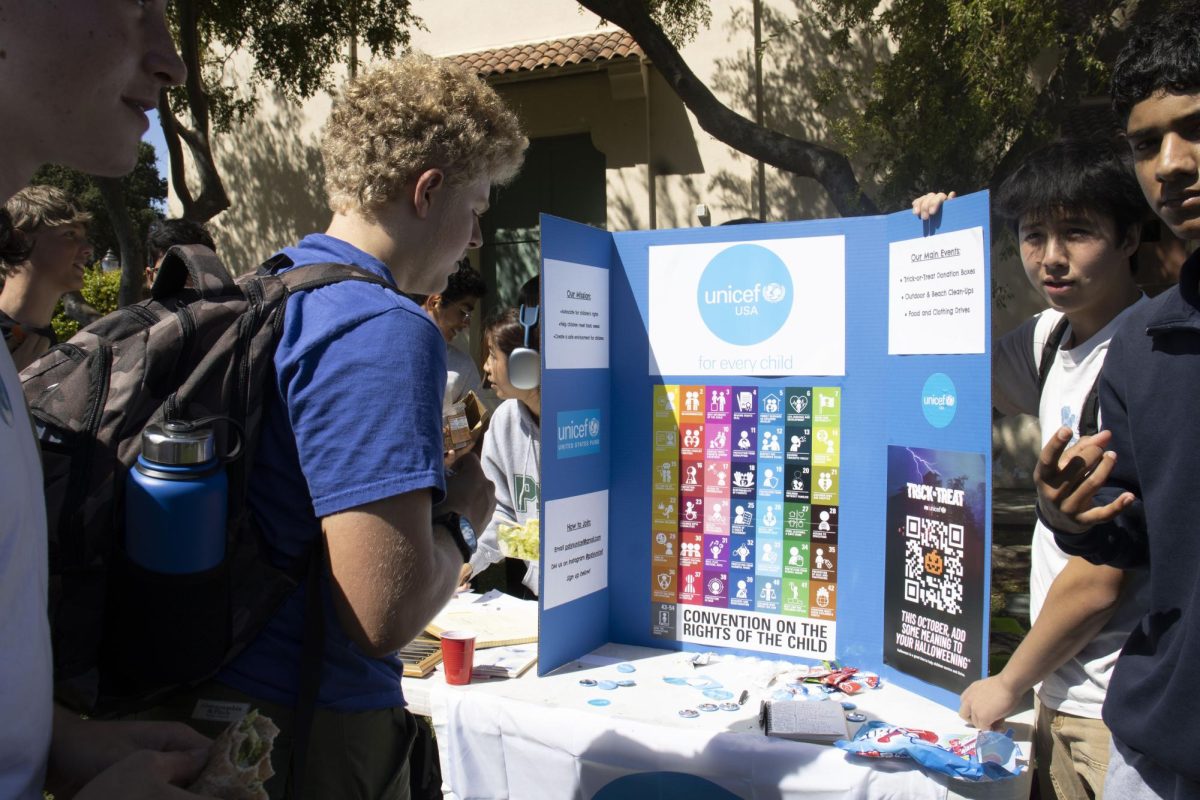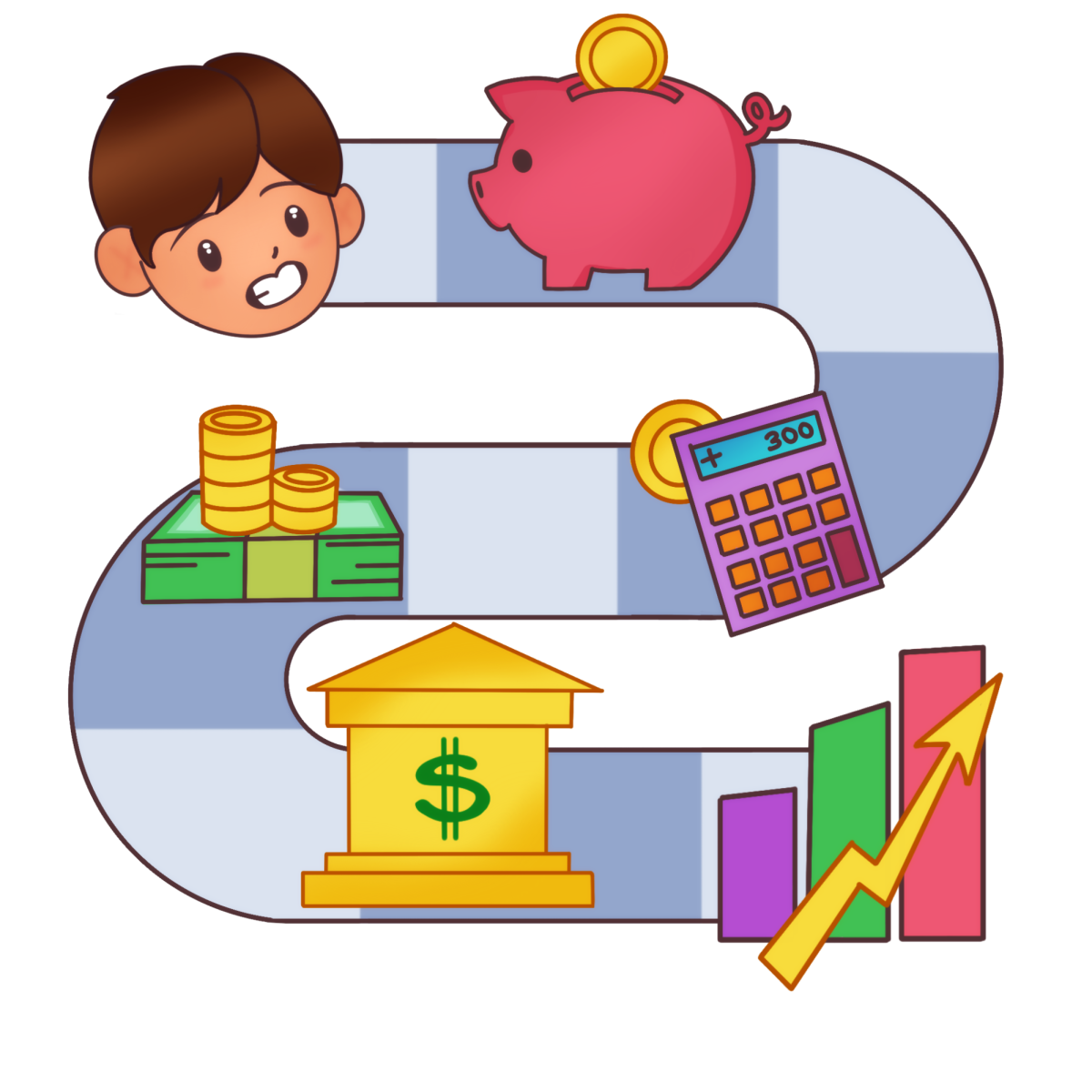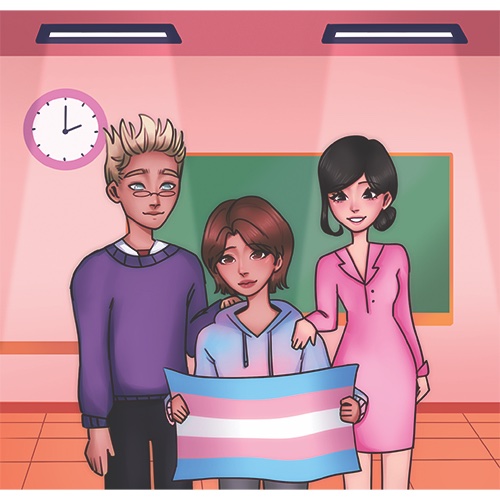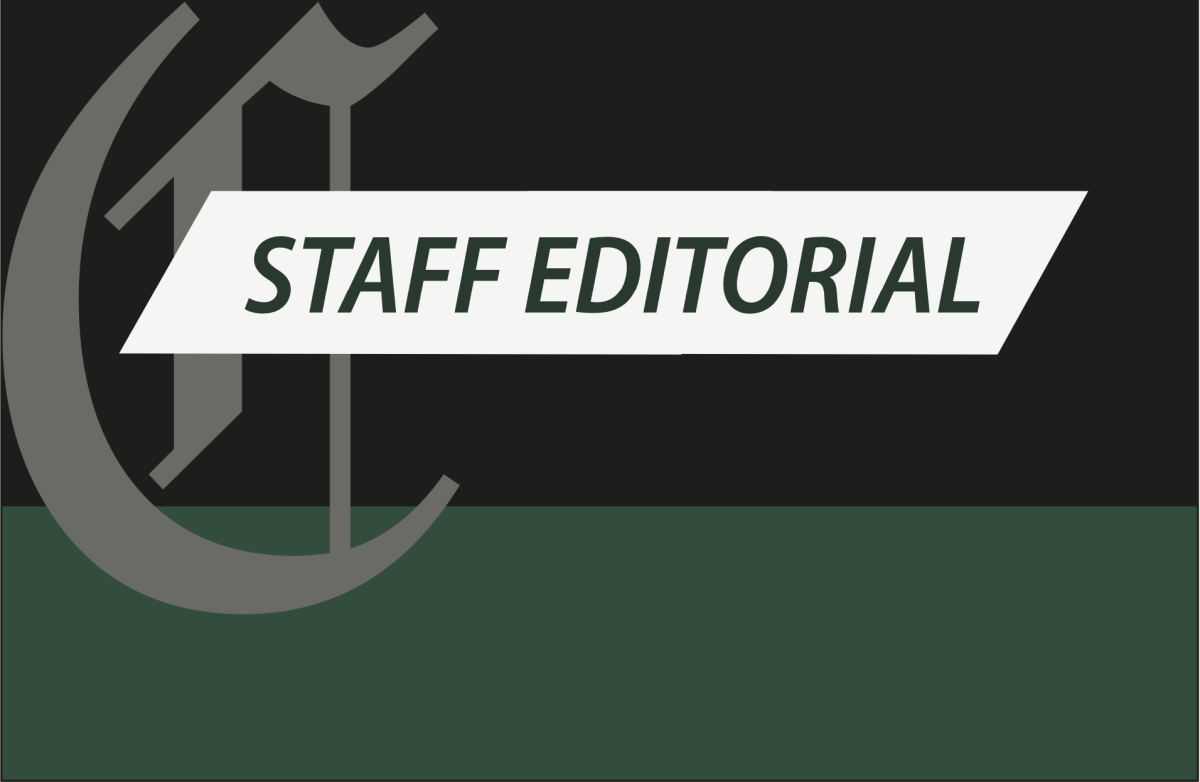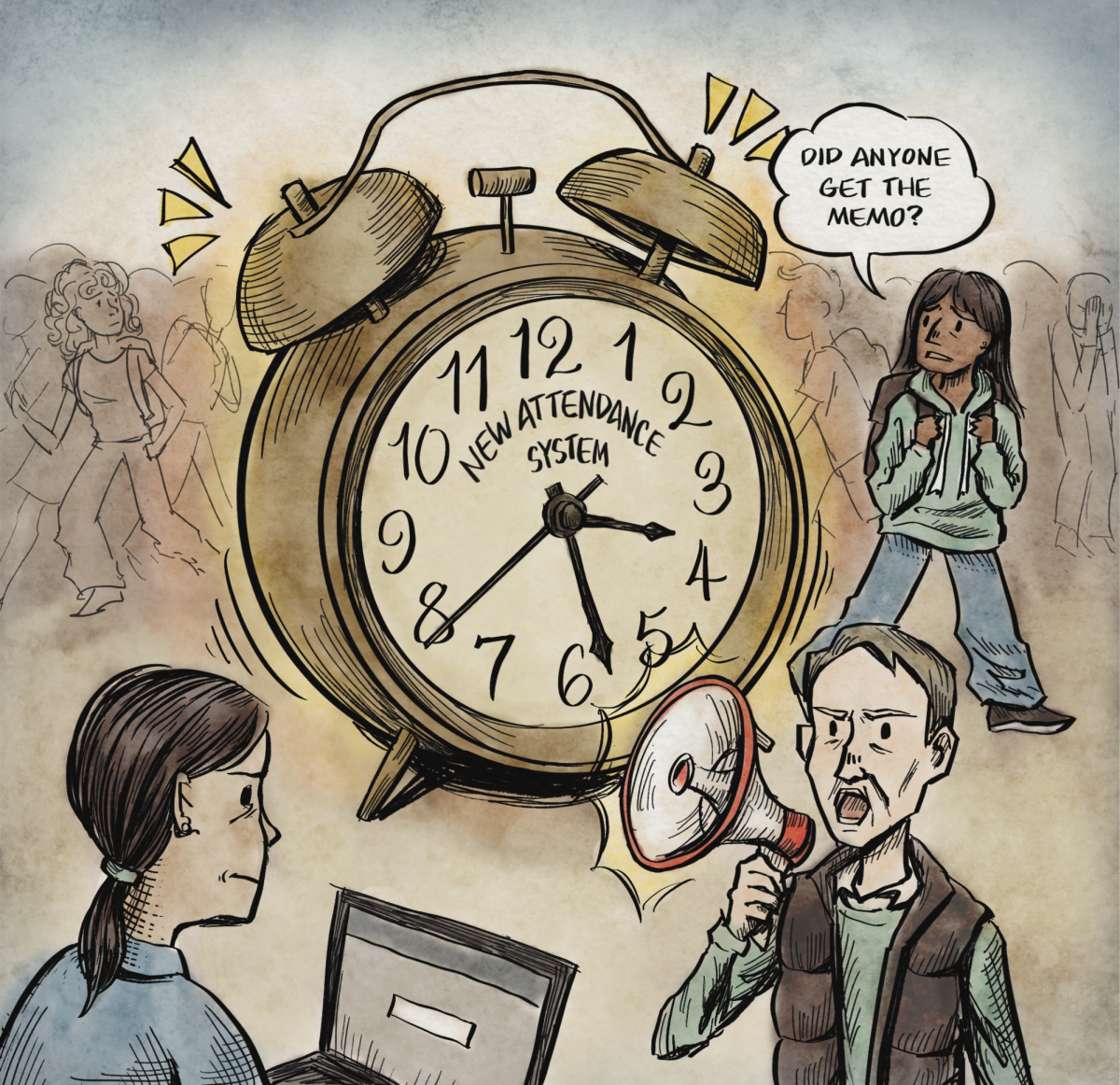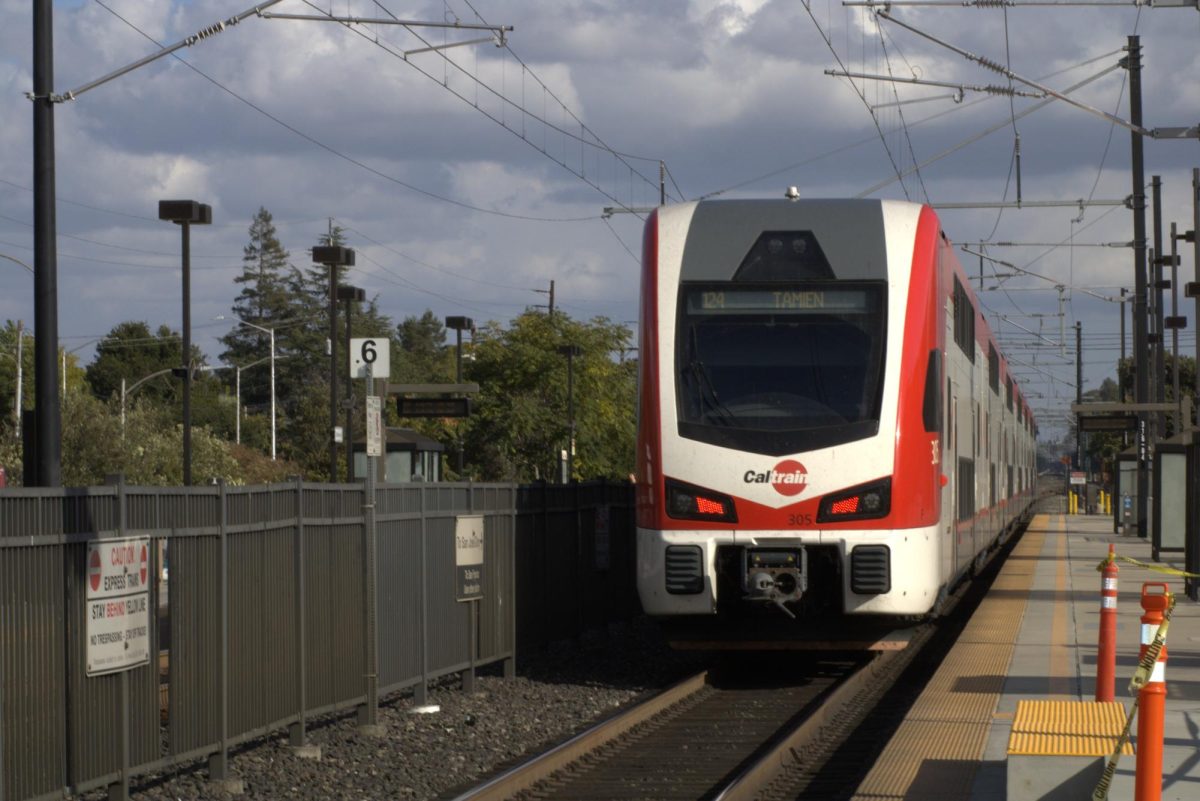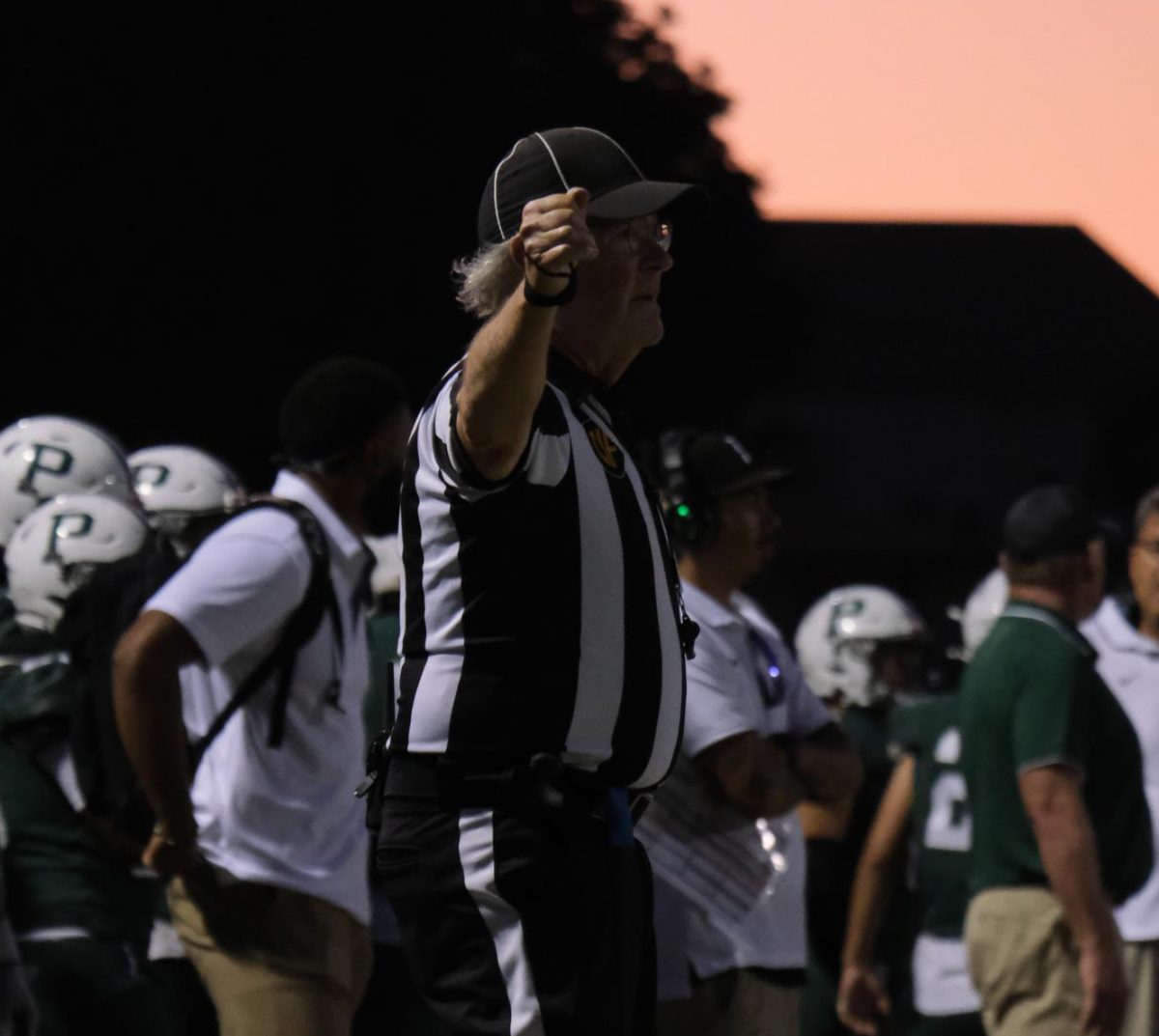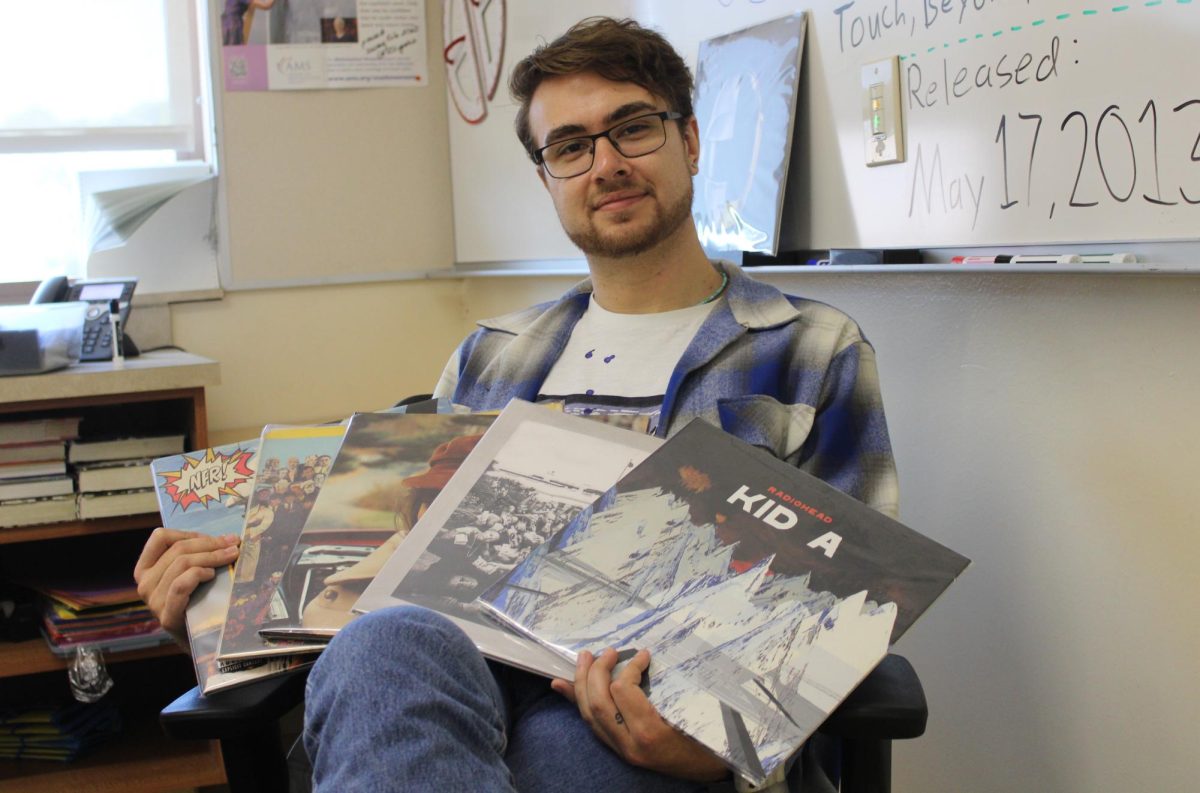With COVID-19 waning, the district will alter the 2023-2024 PAUSD Promise by replacing the goal of Healthy Attendance with the goal of Innovation.
The PAUSD Promise outlines the district’s priority areas with strategic plans and metrics to monitor progress. The current PAUSD Promise goals are: Serve and Celebrate Others, Mental Health and Wellness, Early Literacy, Equity and Excellence and Healthy Attendance.
The Innovation goal states: “We strive to empower all PK-12 students to become self-directed, lifelong learners with the skills, agency, and efficacy needed for positive self-transformation. PAUSD fosters an instructional approach that prepares students for a self-managed life, accurate self-reflection, and critical social awareness.”
School Board member Shana Segal said community input is central to the PAUSD Promise.
“We’re getting input hopefully from our students (and) our parents,” Segal said. “It is important to make sure all of the voices of our stakeholders are heard and the feedback that we get will really help improve education.”
Assistant Superintendent of Innovation Jeong Choe said healthy attendance will no longer be a separate goal because it was introduced as a response to COVID-19 to increase online school attendance.
“At that time, we were promoting students to be on campus so they can have social interactions,” Choe said. “And with academic challenges associated with virtual learning, that’s when it got introduced.”
Key strategies for the drafted Innovation goal include providing clearer information for programs such as dual enrollment, career opportunities, certifications and special education alternatives.
Choe said one major aspect of Innovation that will be based on feedback is deciding how to use AI in classrooms.
“Either we have to embrace it or we have to not use it,” Choe said. “We will have a committee, so it won’t be one person’s decision, but collective thought and a diverse perspective to figure out how we can incorporate technologies into our education practices.”
Segal said adapting to new technology could be beneficial to current education practices.
“It appears (AI) is being embraced, and I want to make sure there is a balance between authentic learning and the technology,” Segal said. “But I am certain that we will achieve that with community input and professional development.”
Another aspect of Innovation is changing grading practices. Choe said the district plans to integrate systems it has introduced in the past.
“The theme I’ve noticed on the curriculum is using evidence in our grading practices,” Choe said. “We worked on standards-based grading before, and (we’re going to) revisit where we left off and (see) how we can do this better.”
Choe said the grading changes along with improving CTE pathways are efforts to help students.
“We’ve been implementing industry certification,” Choe said. “We want to prepare students not just for academics, but also careers and then higher employability because in the end, many students are going to go to university and try to get a job.”
Superintendent Don Austin said at the April 18 Board meeting that Innovation can improve education practices.
“One thing I’ve told our entire team: ‘You’ll be in big trouble if you talk about moonshots,’” Austin said. “That is not what Innovation is about. It’s about strategically stretching to the next places that make sense.”
Ultimately, Segal said the goal of Innovation is to inspire students to learn.
“I want students to love learning,” Segal said. “I want students to exit (high school) feeling like they can take on the next challenge and have the self-confidence and the resilience to go out in the world, both to fail and succeed and keep going.”

